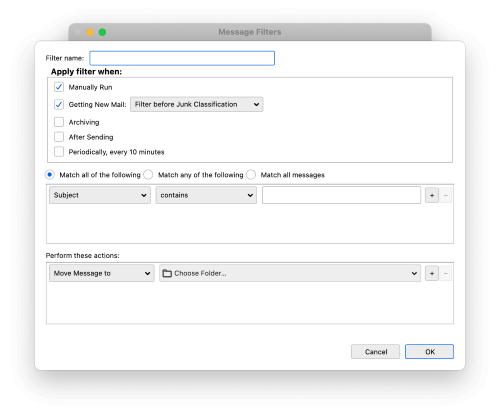

Create a new file (eg "local-settings.js") in the defaults/pref subfolder of the installation directory. Loading the lock fileįinally, you must tell the application to load the lock file.

You can also modify a preference but allow it to be changed or reset in the current session by adding a pref() line (as shown here, for example). You can set a new default value for a preference by adding a defaultPref() line (related bug 786875). In addition to locking preferences and disallowing changes with lockPref() lines, you can use the mozilla.cfg file to make other preference changes. This requirement is not mandatory and can easily be circumvented when loading the lock file (see below). This document (like many references throughout the web) previously recommended encoding this file as ROT13.The mozilla.cfg file should be saved ANSI encoded.Save the file as mozilla.cfg in your your installation directory (where the firefox, thunderbird, or seamonkey executable is located).The parser ignores the first line of this file under the assumption that it was made unparseable on purpose "to protect the privacy of the JavaScript preferences file from loading by the browser" (code imported by bug 89137).The format of these lines is similar to that found in prefs.js, except that lockPref is used instead: On the next line(s), add the preferences you want to lock. Next, create a text file, and make the first line start with double forward slashes.As described in the about:config entries article, the setting to use a direct connection is 0. If you search for "proxy", you will eventually find the preference string for this option is " ". Since it is commonly requested, we will use the browser proxy setting as an example.If all else fails, you can ask in the forums or on IRC.When the browser closes, it saves user-specified settings to the prefs.js file in the profile folder.Preference settings, both user-specified and default values, are displayed in the about:config window while Firefox or SeaMonkey is running (in Thunderbird you have to invoke the Config Editor from the Advanced preferences), Settings shown here are updated as you change them in the browser.A mostly complete list describing available settings can be found online on the about:config entries page (along with mail and news settings specific to Thunderbird and SeaMonkey).You must first determine which settings you want to lock.1.2.1 Other uses for the mozilla.cfg file.


 0 kommentar(er)
0 kommentar(er)
